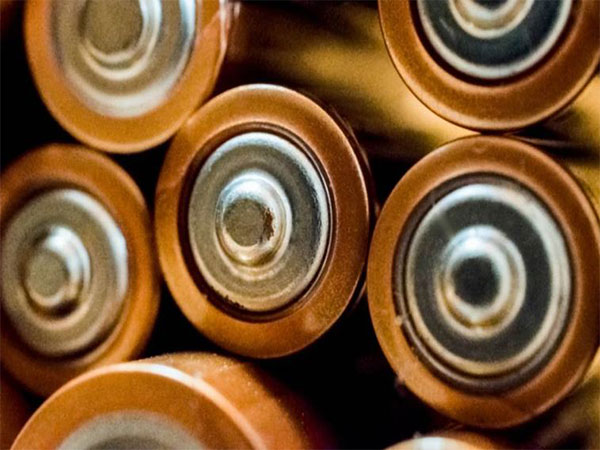New Delhi [India], April 20 (ANI): India’s energy storage sector will expand fivefold between 2026 and 2032, with sector receiving about Rs 479 thousand crore investment by 2032, according to an estimate by industry body India Energy Storage Alliance (IESA).
India’s energy storage sector has taken significant strides in the past few years, backed by government incentives such as the approval of Viability Gap Funding for 13,200 MWh of Battery Energy Storage Systems by 2030-31.
Solar Energy Corporation of India Ltd. (SECI), NTPC, SJVN, and states like Gujarat, Uttar Pradesh, and Madhya Pradesh have announced various tenders for standalone energy storage systems, dispatchable renewable energy, and peak power solutions.
Discussing the future of the industry at the 5th Edition of Gujarat’s Biggest International Conference on Stationary Energy Storage India (SESI) 2025. Industry experts stated that the strategic investment is the need of the hour to advance technological innovations and infrastructure required for a robust energy storage ecosystem in India.
While addressing the inaugural ceremony of the conference at Mahatma Mandir, Convention and Exhibition Center, Gandhinagar, S J Haider, IAS, Additional Chief Secretary, Government of Gujarat said that the state has decided to set up for ourselves a target, an ambitious and aspirational target of 100 gigawatts.
Arun Mahesh Babu MS, IAS, Managing Director, Gujarat Power Corporation Limited said “To manage peak shaving and ensure grid stability, energy storage is becoming essential. We are already seeing good participation in 2-hour and 4-hour tenders, and 8-hour tenders are expected soon.”
“A few years back, our hon’ble Prime Minister set a vision for India at COP20, for India to make a transition to net zero. Energy storage is an element or an enabling technology that really supports this vision of net zero transition. So, energy storage in its own is not really a generator, but it enables renewable energy to the grid,” said Vinayak Walimbe, Managing Director, CES.
R P Gupta, Chairman and Managing Director, Solar Energy Corporation of India (SECI) said, “We aim for approximately 500 gigawatt-hours by 2030 and around 5,000 gigawatt-hours by 2047. These are huge numbers. All these show that there is great potential for investment, for innovation.”
The National Electricity Plan (NEP), projected that India will need an energy storage capacity of 16.13 Gigawatt (GW) (7.45 GW PSP and 8.68 GW BESS) with a storage capacity of 82.37 GWh (47.6 GWh from PSP and 34.72 GWh from BESS) by 2026-27.
By the year 2031-32, the storage capacity demand is projected to increase to 73.93 GW (26.69 GW PSP and 47.24 GW BESS), with storage of 411.4 GWh (175.18 GWh from PSP and 236.22 GWh from BESS), the industry body said. (ANI)
Disclaimer: This story is auto-generated from a syndicated feed of ANI; only the image & headline may have been reworked by News Services Division of World News Network Inc Ltd and Palghar News and Pune News and World News
HINDI, MARATHI, GUJARATI, TAMIL, TELUGU, BENGALI, KANNADA, ORIYA, PUNJABI, URDU, MALAYALAM
For more details and packages











